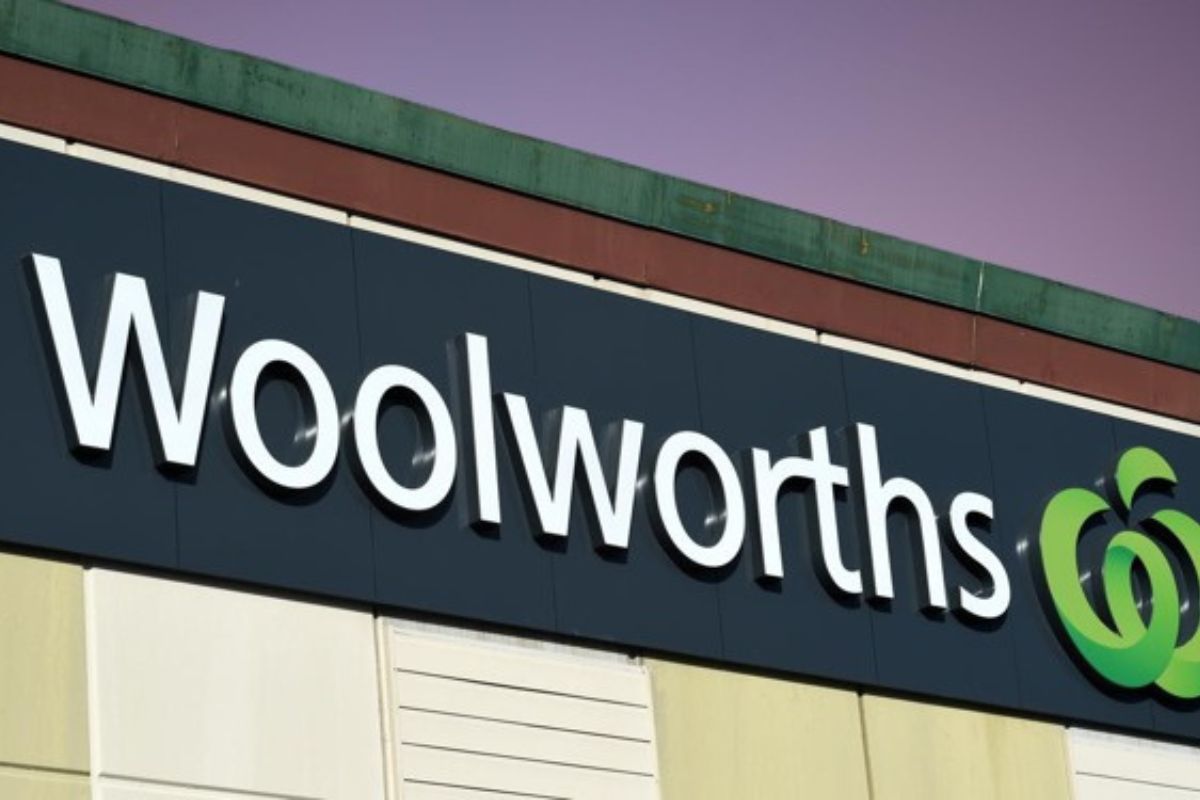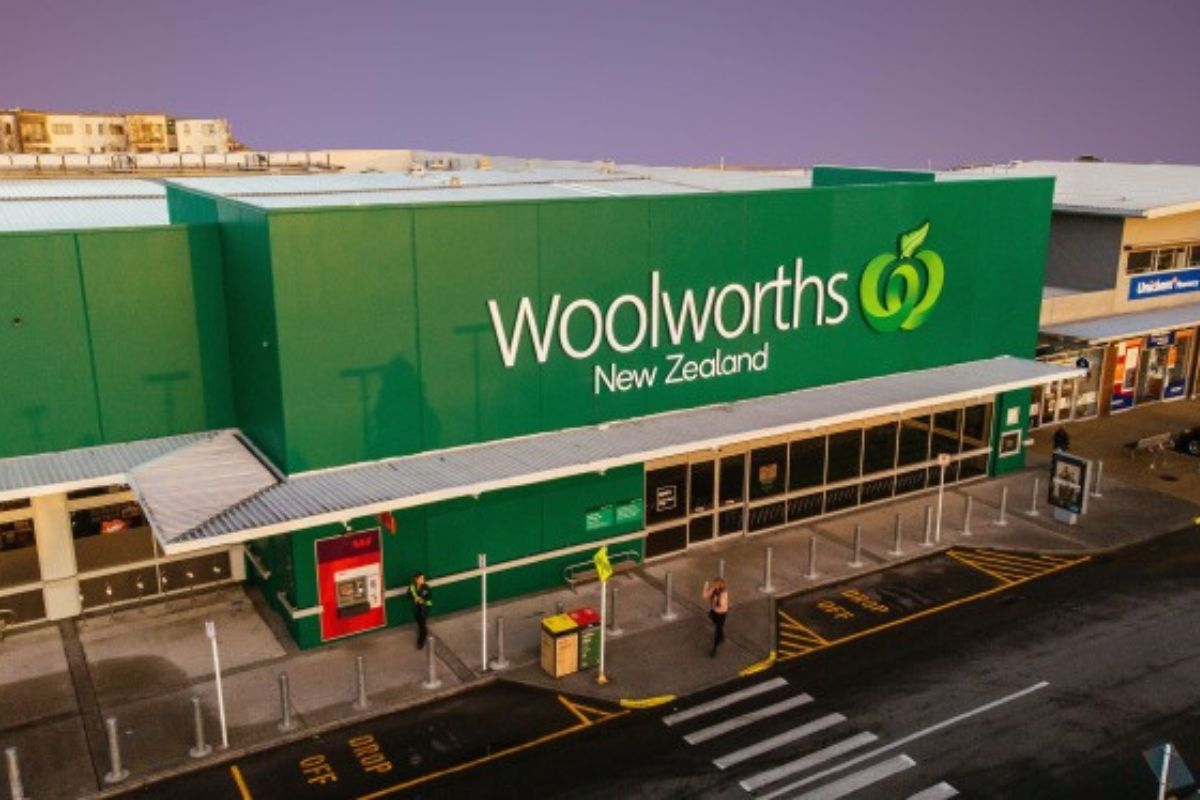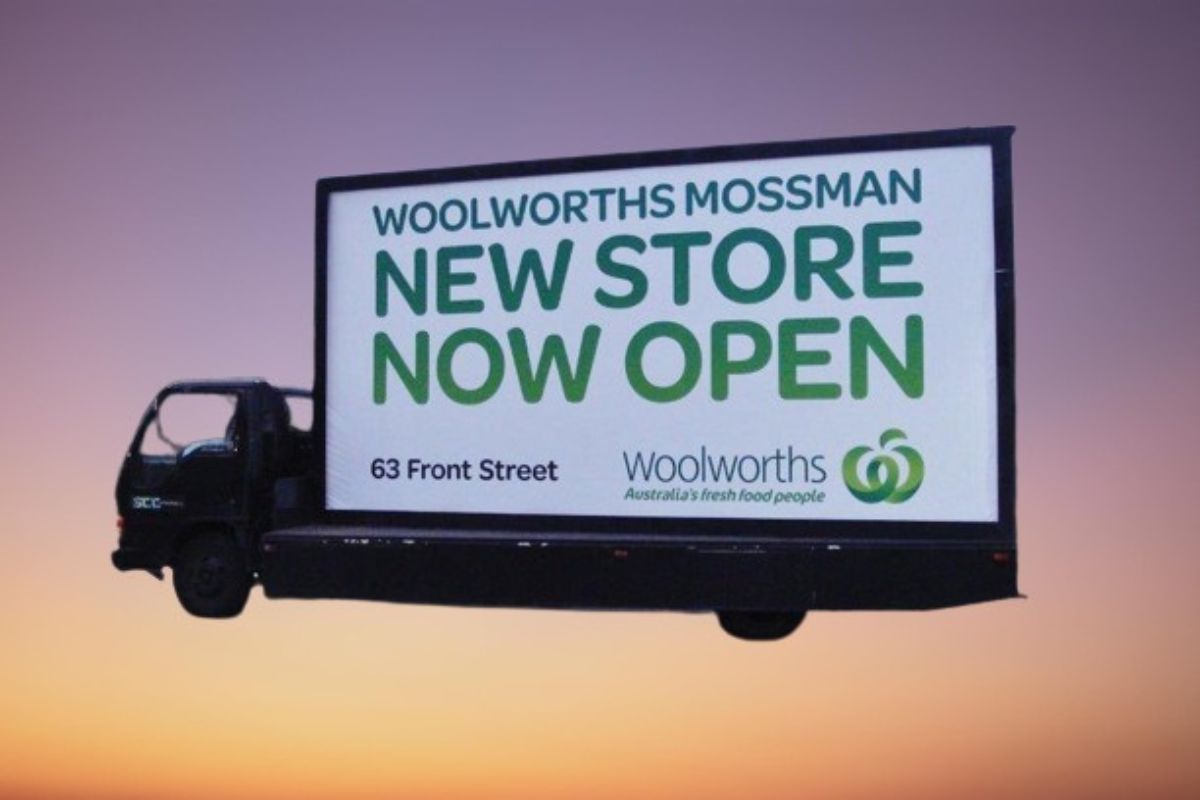Woolworths of Australia, one of the country’s largest retailers, has recently announced a staggering $1 billion charge for its New Zealand stores, citing a gloomy outlook for the market. This move comes as no surprise, given the ongoing difficulties the company has faced in its New Zealand operations.
While Woolworths has been experiencing a positive trajectory in its Australian performance, its ventures across the Tasman Sea have been plagued by challenges. This latest development compounds the company’s woes, as it also grapples with a decline in shares and a loss from its stake in Endeavour Group.
To fully understand the implications of this $1 billion charge and the strategic adjustments Woolworths is making in New Zealand, it is crucial to examine the historical context and delve into the market’s outlook.
Key Takeaways
- Woolworths is expecting to take a $1 billion charge for its New Zealand stores due to a weak market outlook and lower sales and profitability.
- The challenges in maintaining profitability in New Zealand include price wars, slim profit margins, an economic downturn impacting consumer spending, and currency fluctuations affecting profitability.
- In contrast, Woolworths’ Australian operations have shown positive performance, with a robust financial performance in the Australian Food business and a forecasted first-half unaudited EBIT between A$1.68 billion and A$1.70 billion.
- The difficulties in Woolworths’ New Zealand operations have led to a decline in the company’s shares by 1.2% and investor concerns, as well as an expected loss of A$209 million from its Endeavour Group stake.
Anticipated NZ Impairment and Market Outlook
The anticipated non-cash impairment of NZ$1.6 billion in Woolworths’ New Zealand business reflects the challenges faced in a weak market outlook and ongoing organizational transformation initiatives.
Also Read: Woolworths Annual Profit Surges: A Glimpse into Australia’s Retail Rivalry and Inflation Puzzle
The company’s decision to recognize this impairment signals a realistic assessment of the current state of its New Zealand operations. The weak market outlook suggests that consumer demand in New Zealand is not as strong as anticipated, leading to lower sales and profitability for Woolworths.
Additionally, the ongoing organizational transformation initiatives indicate that the company recognizes the need to adapt and evolve in order to remain competitive in the market.
This impairment serves as a reminder that even established companies like Woolworths must constantly assess and adjust their strategies to navigate challenging market conditions.
Positive Trajectory in Australian Performance
With a robust financial performance in its Australian Food business and food distributor PFD Food Services, Woolworths is experiencing a positive trajectory in its Australian operations. Despite the challenges faced in New Zealand, Woolworths forecasts a first-half unaudited EBIT between A$1.68 billion and A$1.70 billion, indicating a slight improvement compared to the A$1.64 billion reported a year earlier.
This positive trend can be attributed to the strong performance of its Australian Food business and the contribution of PFD Food Services. The company’s focus on delivering quality products and services to its Australian customers has paid off, resulting in increased profitability. Woolworths’ ability to navigate the competitive retail landscape and adapt to changing consumer demands has positioned it for success in the Australian market.
As it continues to invest in its Australian operations, Woolworths is well-positioned to maintain its positive trajectory and drive further growth.
Ongoing Difficulties in New Zealand Operations
Despite Woolworths’ positive trajectory in its Australian operations, the company continues to face ongoing difficulties in its New Zealand operations due to tough macro-economic conditions. The challenges in the New Zealand market can be attributed to several factors:
- Volatility in the NZ Supermarket business: The New Zealand supermarket industry is known for its fierce competition, with multiple players vying for market share. This intense competition has resulted in price wars and slim profit margins, making it challenging for Woolworths to maintain profitability.
- Economic downturn: New Zealand has been experiencing a slowdown in economic growth, which has impacted consumer spending. With consumers becoming more cautious with their discretionary spending, Woolworths has faced a decline in sales and revenue in the country.
- Currency fluctuations: The fluctuating exchange rates between the Australian and New Zealand dollars have also posed challenges for Woolworths. Currency fluctuations can impact the company’s profitability, particularly when it comes to importing goods and managing costs.
These ongoing difficulties in New Zealand operations have forced Woolworths to signal a $1 billion charge for its New Zealand stores, reflecting the gloomy outlook for the company in this market.
Continued challenges in its New Zealand operations have led to a decline in Woolworths’ shares by 1.2%, reflecting investor concerns about the difficulties faced by the company in this market. This decline in share prices indicates that investors are skeptical about the company’s ability to navigate the challenges and turn around its New Zealand operations.
Additionally, Woolworths expects a significant loss of A$209 million from its stake in Endeavour Group. This loss is attributed to the diminished influence that Woolworths has over the ASX-listed peer. These developments highlight the financial impact that the company is experiencing due to its struggling New Zealand operations and its investment in Endeavour Group. Woolworths will need to strategize and implement effective measures to address these issues and regain investor confidence.
| Challenges faced by Woolworths in New Zealand | Impact on Woolworths |
|---|---|
| Decline in share prices | Investor concerns |
| Expected loss from Endeavour Group stake | Financial impact |
Historical Context and Strategic Adjustments in New Zealand
What factors have influenced Woolworths’ historical performance and necessitated strategic adjustments in the challenging New Zealand market?
- Market Complexity: The New Zealand market presents unique challenges for Woolworths, with its dynamic landscape and changing consumer preferences. Adapting to these complexities requires continuous strategic adjustments to stay relevant and competitive.
- Acquisition of NZ assets: Woolworths acquired the New Zealand business assets in 2005, recognizing the potential for growth and expansion. However, integrating and managing these assets effectively has proven to be a complex task, leading to the need for strategic adjustments to optimize performance.
- Declining EBIT: The projected 42% decline in the NZ segment’s first-half EBIT reflects the challenges faced by Woolworths in the New Zealand market. This decline highlights the need for further strategic adjustments to address the underlying issues and improve profitability.
Woolworths’ historical performance in New Zealand and the challenging market conditions have necessitated ongoing strategic adjustments to navigate the complexities and optimize its operations for success.
Conclusion Of Woolworths of Australia
Woolworths’ announcement of a $1 billion charge for its New Zealand stores reflects the challenging market conditions and ongoing difficulties the company faces in the country.
Despite a positive trajectory in its Australian performance, the loss from its Endeavour Group stake and share decline have further impacted Woolworths’ overall financial outlook.
To navigate these challenges, the company will need to make strategic adjustments and leverage historical context to improve its operations in New Zealand.
Our Reader’s Queries
Q1 Who owns Woolworths in Australia?
A Woolworths Supermarkets, commonly referred to as “Woolies,” constitutes an Australian retail chain encompassing supermarkets and grocery stores. The ownership of this chain lies with the Woolworths Group.
Q2 What countries is Woolworths in?
A The organization has a workforce of around 5,610 employees and conducts its operations across Australia, New Zealand, Hong Kong, Singapore, and South Africa. Its central administration is situated in Burnley, Victoria. Woolworths International (Australia) functions as a wholly-owned subsidiary of Woolworths Holdings Limited, a company based in South Africa.
Q3 Is Woolworths in New Zealand?
A Woolworths New Zealand takes pride in owning and managing more than 185 supermarkets throughout the country. As the largest private sector employer in New Zealand, we have a workforce of 20,000 New Zealanders engaged in various roles across our stores, support offices, processing plants, and distribution centers.




